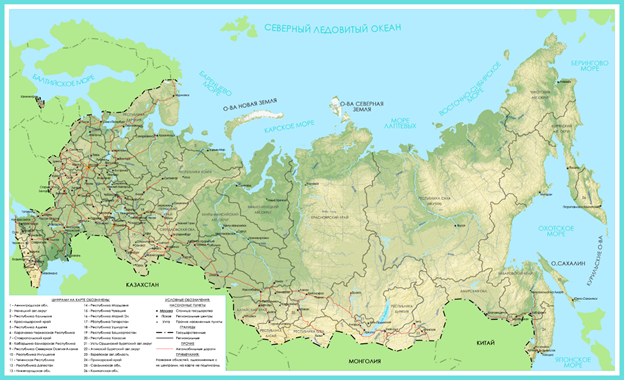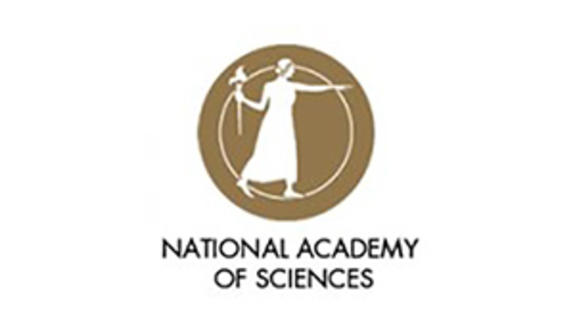The Russians have been rattling their nuclear saber for years. Their nuclear bombers have invaded other countries airspace and their nuclear submarines have invaded other countries territorial waters. They have moved nuclear missiles into border provinces to threaten neighbors. Putin has publicly threatened to use tactical nukes if Russia is losing a conventional war against NATO.
Recently, Putin has been bragging about the amazing new nuclear weapons delivery systems the Russians are developing. They have announced a new missile with twenty-four independently tagetable warheads that could overwhelm any anti-missile system in the world, a hypersonic cruise missile that can be launched from a plane, an underwater stealth drone that could sail undetected right into the harbor of an enemy and detonate a nuclear bomb. They also announced this March that they are working on a cruise missile with a nuclear engine that would be able to fly for days without the need for fuel and reach anywhere in the world.
The U.S. once worked on a missile with a nuclear engine but decided that it was not really a good idea. The missile would spew radiation as it traveled because there would be no shielding. That would mean that if it were launched from a location on the maker’s territory, it would irradiate the countryside on its way to the enemy. The project was abandoned.
The Russians have been working on their new nuclear-powered missile design since the year 2000 but only announced it in March of this year. The new missile is believed to use a gasoline-powered engine for takeoff before switching to a nuclear-powered one for flight.
Reports from the U.S. intelligence community have stated that four tests of the new Russian nuclear power missiles between November and February all crashed. The longest test lasted about two minutes. The missile crashed after flying just twenty-two miles. The shortest test flew for five miles before crashing. Apparently, the nuclear engine failed to ignite during the tests. It has been reported that senior Russian officials demanded that the tests be carried out over the objects of the engineers that the missile was not ready for testing.
Now it appears that they cannot find the wreckage of one of the new missiles that they launched on a test flight in November. The missile went down in the Barent Sea north of Russia and Norway which the Soviet Union used as a dumping ground for nuclear waste and contaminated equipment and ships for decades. There have been times in the past when the Russians warned the Norwegians that there was a danger that Norwegian fishing zones were being contaminated by Russian underwater nuclear dumps.
The Russians have launched a recovery mission for their nuclear power missile. Three ships will be involved including one equipped to handle radioactive materials. The U.S. intelligence report that revealed the Russian recovery mission did not mention any threat to the environment or public health.
A spokesman for the Nuclear Information Project at the Federation of American Scientists released a statement that said, “It goes without saying that if you fire a missile with a nuclear engine or energy source, that nuclear material will end up wherever that missile ends up. If this missile was lost at sea and recovered in full, then you might hypothetically be able to do it without pollution, I would have my doubts about that because it’s a very forceful impact when the missile crashes. I would suspect you would have leaks from it.”
Blog
-

Nuclear Weapons 355 – The Russians Are Searching For The Wreckage Of A Nuclear Power Missile That Crashed Last November
-

Geiger Readings for Aug 27, 2018
Ambient office = 93 nanosieverts per hour
Ambient outside = 130 nanosieverts per hour
Soil exposed to rain water = 125 nanosieverts per hour
Pinapple from Central Market = 130 nanosieverts per hour
Tap water = 143 nanosieverts per hour
Filter water = 136 nanosieverts per hour
-

Geiger Readings for Aug 26, 2018
Ambient office = 63 nanosieverts per hour
Ambient outside = 135 nanosieverts per hour
Soil exposed to rain water = 136 nanosieverts per hour
Organic carrot from Central Market = 94 nanosieverts per hour
Tap water = 103 nanosieverts per hour
Filter water = 97 nanosieverts per hour
-

Geiger Readings for Aug 25, 2018
Ambient office = 97 nanosieverts per hour
Ambient outside = 96 nanosieverts per hour
Soil exposed to rain water = 100 nanosieverts per hour
Cherry tomato from Central Market = 133 nanosieverts per hour
Tap water = 113 nanosieverts per hour
Filter water = 102 nanosieverts per hour
Dover sole – Caught in USA = 93 nanosieverts per hour
-

Nuclear Weapons 354 – FEMA Now Planning For Bigger Nuclear Attacks – Part 2 of 2 Parts
Part 2 of 2 Parts (Please read Part 1 first)
During the Cold War, there were some calls for civil defense measures to prepare for a nuclear attack by the Soviet Union. School children were told to practice “Duck and Cover” under their desks. During the Cuban Missile Crisis in 1961, there was a boom in the construction of bomb shelters. One of Ronald Reagan’s White House staff suggested that people should dig a hole in their yard, cover it with a door and then dirt for a shelter.
The Center of Disease Control’s Strategic National Stockpile has already designated sites for stockpiles of medical supplies to be used after disasters such as a nuclear detonation. He said, “All states, all large cities have all thought about this. I think the challenge for us will be distribution, a very large one.”
The CDC national stockpiles currently have medicine and medical materials to treat radiation sickness. Adams expressed a concern that they may not have enough burn kits to treat burns from the blast. Medical specialists from the American Burn Association often raised concerns during the workshop about the number and training of burn experts in the U.S. The treatment of children was of special concern. There are only about three hundred qualified burn surgeons currently available in the whole country. Burn treatment training during medical school for surgeons was cut back ten years ago.
A nurse from Johns Hopkins Bloomberg School of Public Health pointed out that nurses and doctors had a great fear of radiation exposure and might flee a nuclear detonation instead of staying around to treat the survivors. She also pointed out that there had been no study of the economic effects of a major nuclear detonation on the U.S. economy. She said that legislators would not be inclined to vote for a bill to train and equip emergency responders for a nuclear attack unless the extra cost of such training and equipping could be justified.
Ron Miller is the acting director of the National Disaster Medical System at the US Department of Health and Human Services. He was also worried that not all the estimated six thousand nurses, doctors, or other medical professionals would actually show up after a nuclear attack.
Dallas raised concerns about what he said were two types of widespread complacency that made it more difficult to plan for dealing with a big nuclear detonation. The first complacency is the belief in areas far from big cities that nuclear attacks would not affect them. The truth is that a major nuclear attack anywhere in the U.S. would strain the resources of the entire country no matter where the attack took place. The second complacency is the belief that a major nuclear attack would just kill everyone in the area and that planning for disaster response would be futile. The truth is that acute radiation poisoning and severe burns can be successfully treated.
There is a tendency for people to ignore threats that they cannot do anything about. It is important that U.S. citizens realize that although a major nuclear attack in the U.S. would kill and injure many people, there are many things that can be done before any such attack to prepare for treatment of victims. -
Nuclear News Roundup Aug 24, 2018
-

Geiger Readings for Aug 24, 2018
Ambient office = 53 nanosieverts per hour
Ambient outside = 88 nanosieverts per hour
Soil exposed to rain water = 89 nanosieverts per hour
Iceberg lettuce from Central Market = 77 nanosieverts per hour
Tap water = 92 nanosieverts per hour
Filter water = 88 nanosieverts per hour
